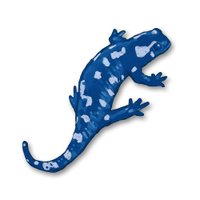
People with a lower socioeconomic background were twice as likely to develop chronic pain following injury, a new study has found. #backpain #chronicpain #painscience #painresearch tinyurl.com/2sp5aff3

A review of 7 factors that can make people experience pain differently than others. #painexperience #painscience tinyurl.com/46w8cf8n

Much more about The Cholesterol Controversy from a trusted website (ScienceBasedMed), and a particularly good expert, Dr. Christopher Labos (@drlabos):
sciencebasedmedicine.org/the-cholestero…




Experiences of racial discrimination activate many of the same brain regions that are implicated in the affective-motivational processing (i.e., unpleasantness) of physical pain. #painscience tinyurl.com/3483tjyf













📘 Tom Jesson 🧠Michael W. Robert🧬 YouTube Probably time to revise what we think 'his thing' is.